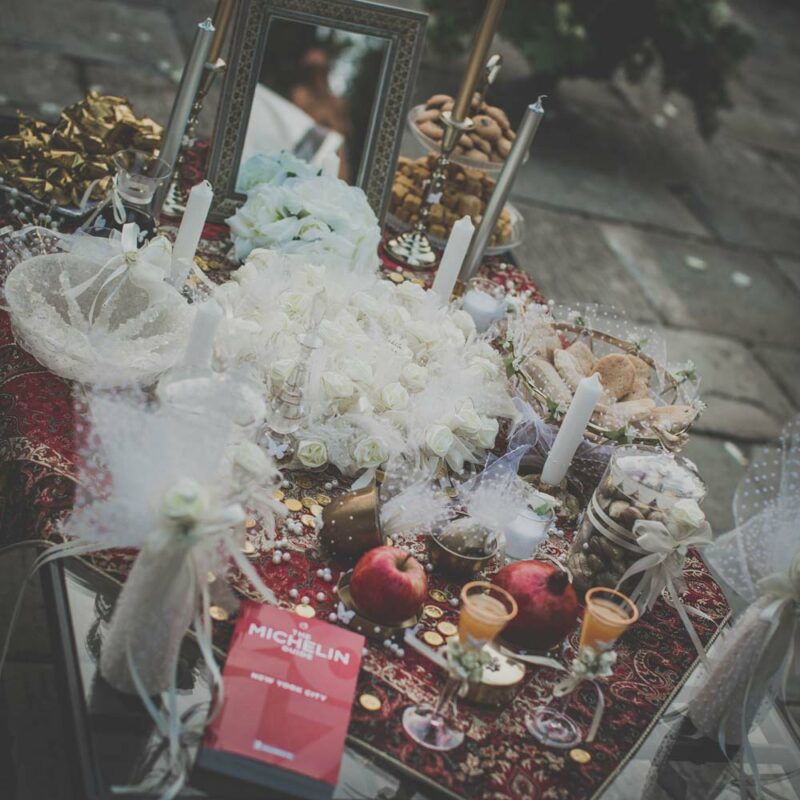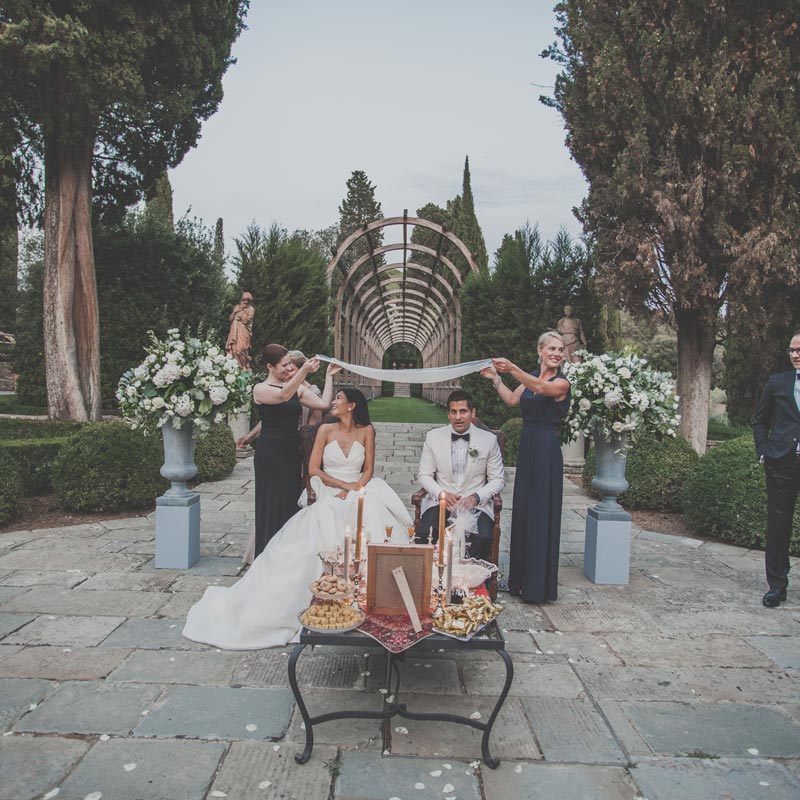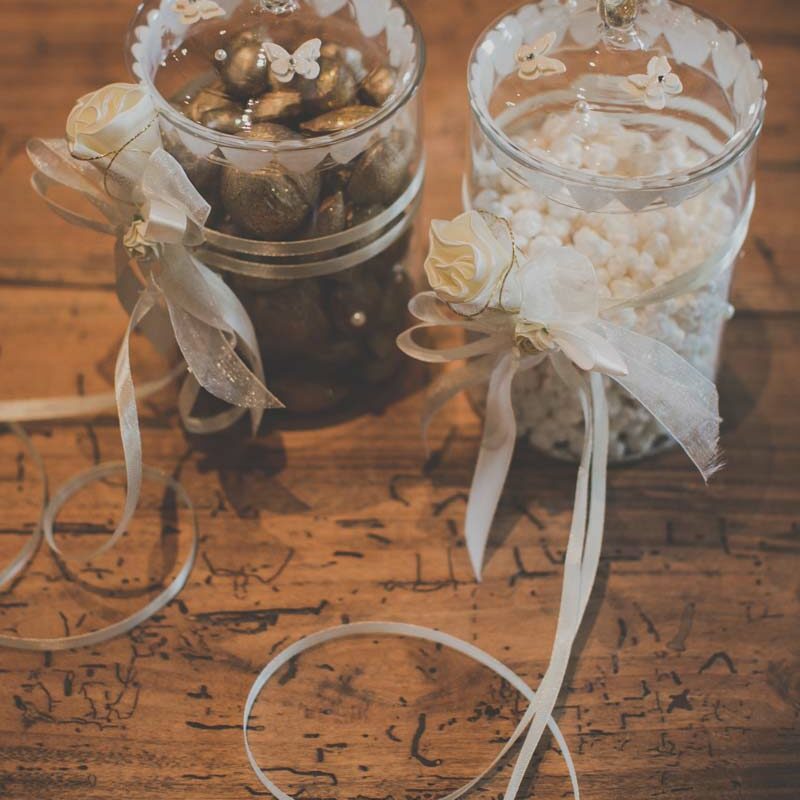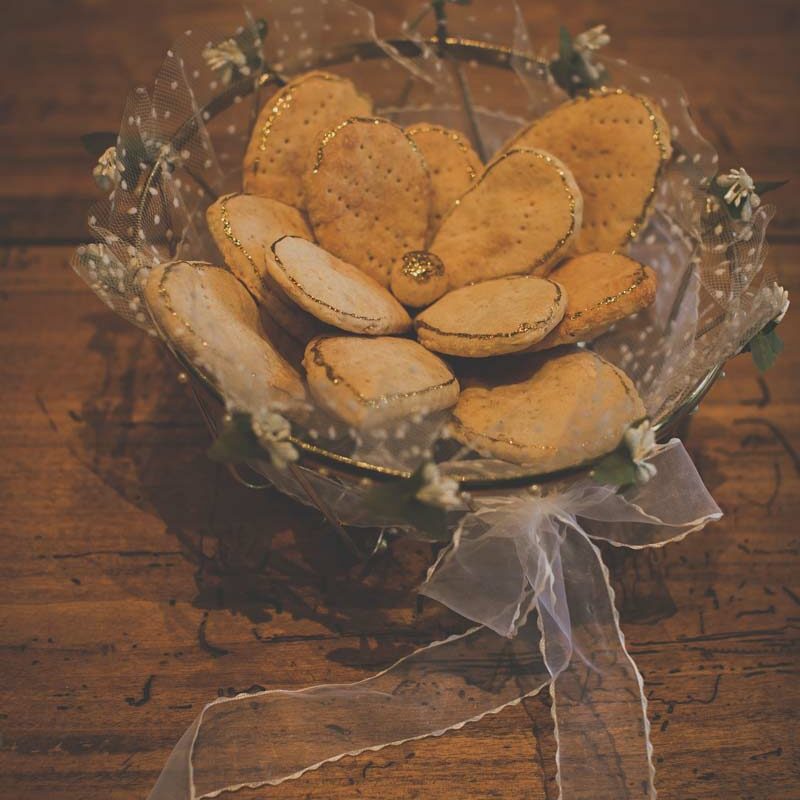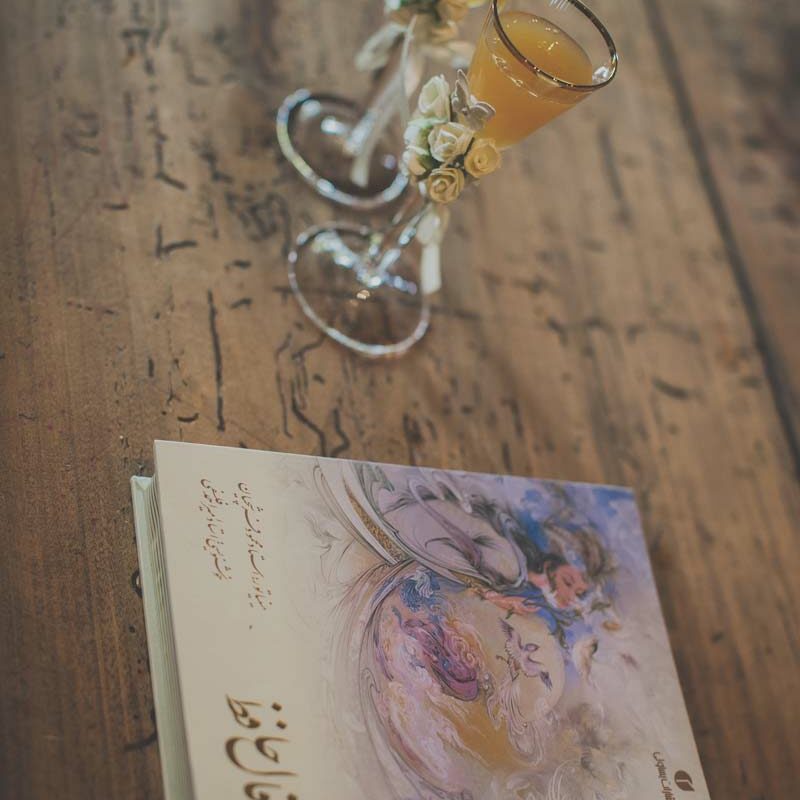Persian
Tradition
The wedding is one of the most important occasions in the Persian tradition- it is an event in which all are invited, no expenses are spared, and much feasting and merry-making takes place.
There are many customs and rituals observed in the Persian Ceremony Incredibly, most of the traditions of Persian weddings originated in Zoroastrian times (Zoroastrianism is an ancient Iranian religion, the first monotheistic religion in the world dating back to the 2nd millennium BCE), and have changed very little up to modern times.
The ceremony begins with the groom seated on a bench in front of the guests. In front of them is the sofreyé aghd, a table which contains several highly symbolic items. Above his head is a canopy held by female family members or female members of the bridal party. The bride walks into the ceremony wearing a veil. She is preceded by someone burning a special incense which is said in Persian tradition to ward off the evil eye. The bride takes a seat to the left of the groom with the groom seated on her right hand- this designates a place of respect.
The tablecloth in Persian ceremony is very important, it contains many symbolic elements and it is cold Sofré
The tablecloth is normally either on the floor on a rug to prevent slippage in an indoor wedding, or constructed on wood raised from the ground about 6-8 inches in an outdoor wedding. It is usually covered by either a simple cloth, or an elaborate cloth. Usually the bride’s mother spends several months before the wedding gathering elements of the sofré- these elements are both objects that are near and dear to the hearts of the bride and groom, and elements that contain imagery and symbolism relating to their impending union. They include the following:
1. Mirror and candlesticks
This is the most important and most iconic part of the sofré. The mirror and candlesticks will become a part of the couple’s home as a memento of their wedding ceremony. Traditionally, the mirror and candlesticks were gold dipped or made of silver, but modern couples often opt for other materials. The mirror symbolizes eternity and the candlesticks reference Zoroastrianism, in which light and fire play an extremely important part. In this context, the fire and light represent the brightness of the future and eternal passion. The mirror and candlesticks are situated in front of the bride and groom during the ceremony, with the mirror facing the couple and away from the audience. After the bride sits on the stool beside the groom, she lifts her veil, and the groom sees her for the first time in the mirror.
2. Specially baked flatbread
Nooné sangak is a certain type of flatbread baked in a coal oven on top of coals and stones. On the sofreyé aghd, the bread is usually ornately arranged, either into a shape like flowers, or with the word mobarak (celebrate/congratulations) etched into it. The bread represents prosperity for feasts and the couple’s life thereafter.
In addition to this decorative bread, there is generally a tray of bread, feta cheese, and fresh herbs that are intended to be shared with the guests after the ceremony.
3. Basket of decorated eggs and nuts
The Basket of decorated eggs- often beaded or painted gold, and various nuts such as almonds, walnuts and hazelnuts, also painted gold. These represent fertility.
4. Bowl made out of crystallized sugar
The bowl made out of crystallized sugar often also contains more crystallized sugar (also known as rock candy) inside it. This represents sweetness in the couple’s life.
5. Bowl of gold coins
These are pretty self explanatory- they represent future financial prosperity for the couple.
6. Basket of fruit
A basket of fruit is included- usually either anār (pomegranates) or seeb (apples), depending on the season, to represent a joyous and fruitful future for the couple.
7. Tray of spices
This is a well designed part of the table- a tray in which seven spices of seven different colors are laid out in order to represent prosperity and spiciness of life. Each of the spices generally have a specific meaning and significance.
8. Esfand
During the ceremony, someone will walk in front of the bride holding an incent called esfand, which will then be placed on top of the sofré. Esfand is a very important element in Iranian tradition, because it has been used for thousands of years to ward away the ‘evil eye’.
9. Canopy
As the bride and groom are seated before the guests, a canopy is held above their heads by several unmarried women, traditionally family members, but in modern weddings, by the bride’s wedding party. Until the 19th century, the canopy was green, the favorite color of Zoroastrians, but in recent years, it is a white piece of cloth to blend more with Western culture.
As the ceremony is taking place, happily married members of the family take turns grinding two sugar cones together so that the sugar granules fall into the canopy, symbolically showering the couple in sweetness.
10. An abundance of flowers
Flowers are used in Persian weddings to decorate the sofré, but they are also used as a symbolic sign of life, spring, and beauty.
11. Golab (cup of rosewater)
Rosewater is extremely important in Persian culture, and it is used as perfume as well as for cooking. In this case, the rosewater is intended to perfume the air during the ceremony.
12. A book of significance for the couple
For religious couples, the quran is placed on the table, open to a verse about the importance of marriage. Secular couples, on the other hand, will usually display a book of poetry by one of the great Persian poets, or another book that holds a significant place in their relationship.

